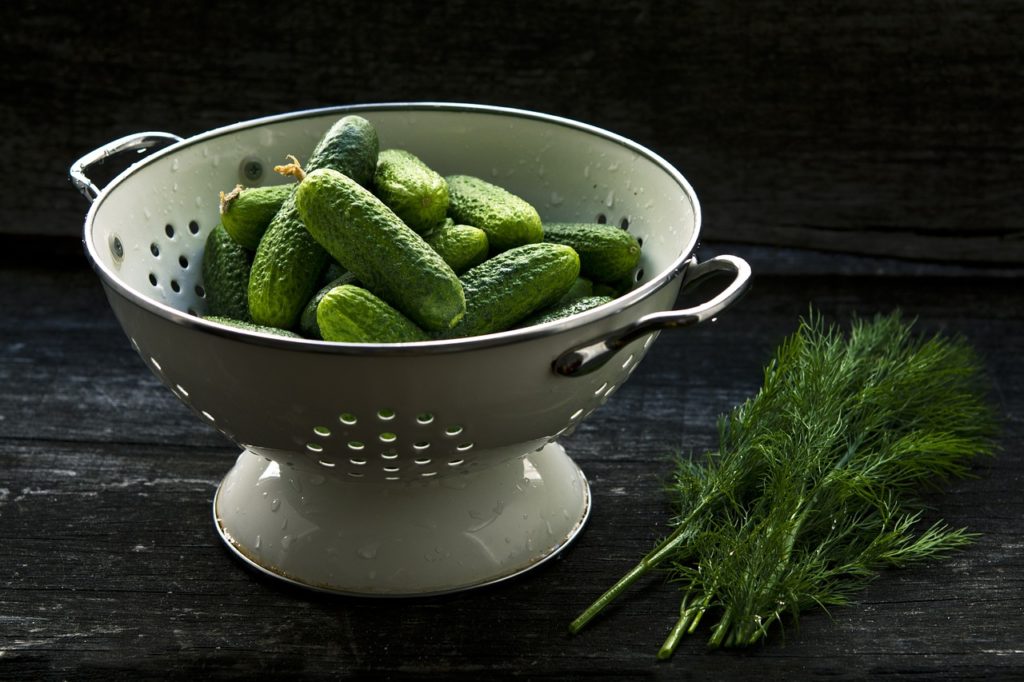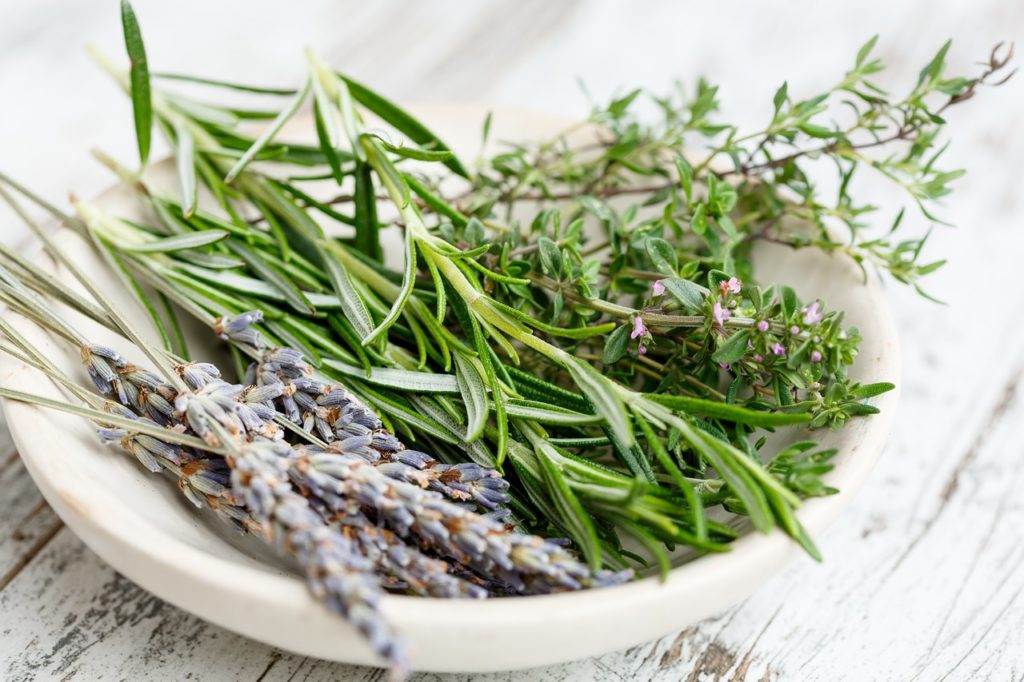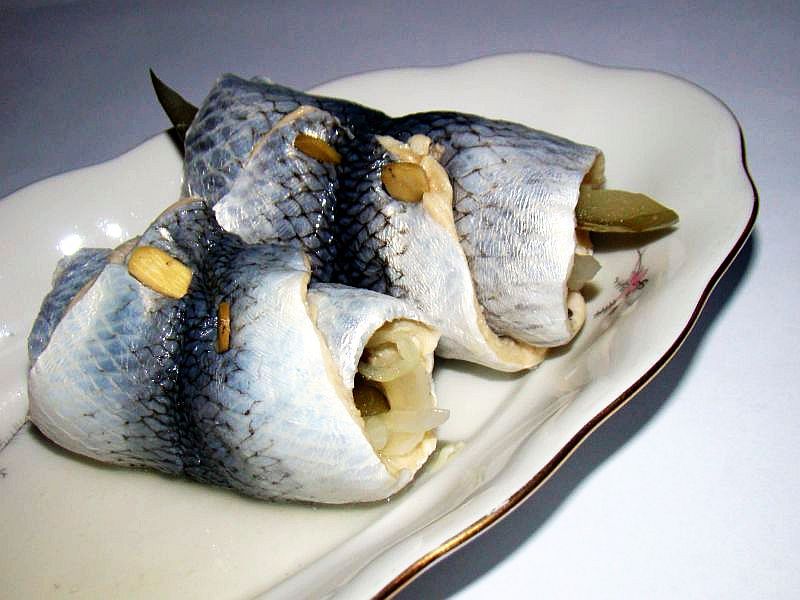Food preservation is one of the oldest technologies humans have developed. Being able to extend the amount of time we can store food is still equally important today as it was 1000’s of years ago. Preserving food to be able to keep it for longer without it spoiling isn’t the only benefit, however. In many cases preserving food can be transformative, it can enhance the food and introduce new flavours and textures that aren’t possible with any other means of cooking or preparation.
Charcuterie is a perfect example of this. Traditionally charcuterie was a method of preserving meat before the invention of the refrigerator or freezer which we all take for granted today. The methods of preserving various meats, however, transforms the texture, the flavour and the colour, creating a product completely unique all because of the way it is processed to last longer.
Here at Preserve and Pickle, we love not only the process of taking a glut of ingredients and preparing them in a way where they will last a lot longer than they would ordinarily but also making something that tastes delicious and is something you can’t wait to eat.
Table of Contents
Why Preserve Food?
Civilisation has been dependant on the way humans have been able to master food preservation.
By prolonging the shelf life of food by preserving it our ancient ancestors were not completely reliant on what was available to hunt and gather. They knew that preserving food meant they could devote more time to other activities, improve technology and to migrate to new lands.
Preserved food was packed onto ships enabling people to survive long voyages at sea, survive for many months without a fresh food source and colonise the globe.
In the future, many people expect that humans will colonise space. Astronauts already spend 6 months at a time on the International Space Station (ISS), this is only possible because of our continued development of food preservation techniques. Freeze dried foods minimise weight and retain all the nutritional qualities of the food once vacuum packed it means the food will never spoil.
Being In Charge of Your Own Food
Preserving food could be seen as just another form of cooking when you look at the details and if like me, you enjoy cooking you will find preserving food a brilliant way to spend your time, you can definitely become obsessed with preserving as a hobby.
You gain ultimate control over the way your food is produced, you know exactly what goes into your food and in today’s world where mass produced food from huge industrial operations, you don’t have to meet price points or a product that suits all, just you.
With more and more people gardening or working an allotment there are more of us who at certain points in the year have a huge amount of certain fruits or vegetables. Preserving your own produce can turn a seasonal harvest into one that lasts throughout the year, by preserving your vegetable and fruits in jams, chutneys, pickles and canning them you can enjoy a spring vegetable in the winter.
Preserving Food Adds Big Flavours
This is, for me, the biggest advantage of preserving food in a certain way. Curing meat or fish with salt or brines transforms it into something unique a new flavour completely of its own, smoking adds a complexity to cheeses, meat, fish and other food that makes it delicious and vinegar that is used to pickle and preserve vegetables and other produce gives it a piquancy and lip smacking deliciousness.
We don’t really need to preserve food in this way, most foods can be put into the freezer and left for months and months if not years in some cases, this is great and is something we do every day, it’s our modern method of preserving food and is very beneficial. Other methods of preserving food, however, can enhance, lift and transform it, let’s take a look at some of the most common method of preservation.
Food Preservation Methods
Drying
Drying or “dehydrating” is probably one of the oldest methods of food preservation. In certain climates food would have dried naturally if left exposed to the sun and at a low enough humidity for a long enough period.
The way that drying or dehydrating food works to preserve it is because it removes moisture. If you take a piece of fruit and remove the water from it bacteria, yeast and mould cannot grow. The enzymes in the flesh of the fruit that could spoil or breakdown the structure cannot activate once the moisture is removed.
Some food items undergo processing before being dried such as beef jerky by being cured to prevent bacterial growth as the drying process is undertaken. This enhances the flavour as well as makes the food safe to store for longer periods.
Types of Drying To Preserve Food
Sun Drying: If certain food a placed in direct sunlight and the humidity is low enough (below 20%) then the sun acts as a heat source to remove moisture and therefore prevent spoiling. This, of course, requires a hot, dry climate and is only possible in certain regions. Sun drying to preserve food can take 2 – 4 days. Foods like meat can be sun dried, like biltong, but are often cured with vinegar and salt before being dried to prevent bacteria from spoiling the meat.
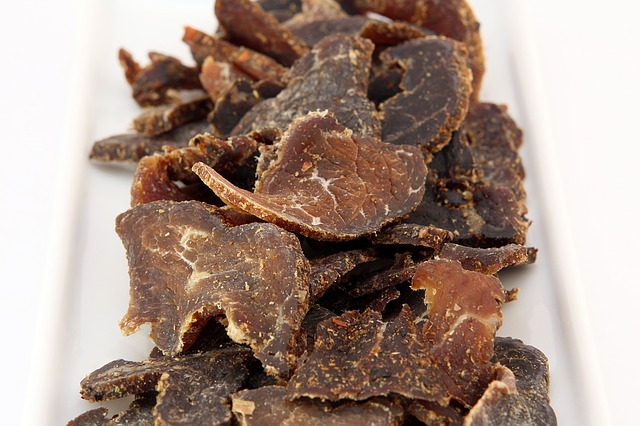
Air Drying: Herbs are probably the most common food that we have in our homes that have been air dried. Air drying, unlike sun drying, doesn’t rely on the weather so can be performed inside. Mushrooms and herbs are traditionally air dried in well ventilated, low humidity spots in the home.
Oven Drying: A more modern and accessible type of drying almost anyone can do in their home is oven drying. As long as you oven can stay below 60°C / 140°F then you can dry fruit, vegetable, herbs or meat in the oven. Depending on the size and moisture content of what you are drying the process can take 3 – 10 hours or more, keeping the oven door slightly ajar will let the moisture escape and you end up with dry preserved food.
Dehydrator: A dehydrator is a far more economical and efficient way to dry and preserve food than an oven. It takes a lot less energy and time to dry food in a purpose made food dehydrator. If you are serious about drying food then it a dehydrator makes a good investment.
Pickling
All over the world, you will find different examples of pickling. Every culture has some form of pickled food, a method of preserving food that is abundant in that region. The Scandinavians have pickled herring, in Korea, there is the fermented pickle Kimchi and in Eastern Europe, sauerkraut.
Pickles are foods preserved in a solution, most commonly pickles are either preserved in vinegar, a brine (salt solution) or alcohol that encourages the growth of certain bacteria that aren’t harmful and also prevent the bacteria that will spoil the food otherwise.
Pickled in Vinegar
Vinegar is an acid, most pickling solutions are between 5 – 10% acidity. When foods are placed in this acidic environment the very low pH prevents organisms from being able to survive. The vinegar is often flavoured and seeps into the food changing the texture and flavour.
Fermented Pickles
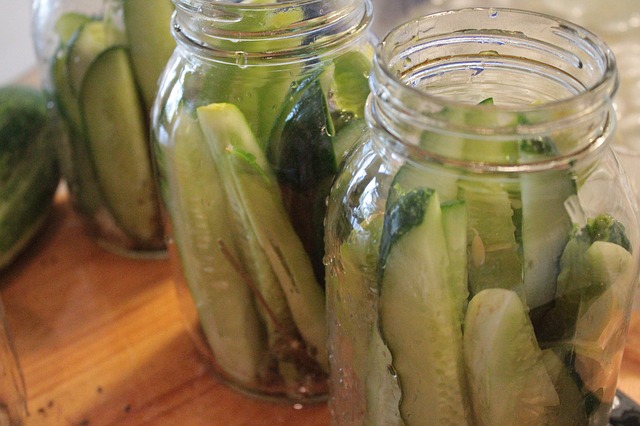
An example of a fermented pickle is Sauerkraut which is a fermented cabbage. It is made by encouraging lactic acid bacteria, which is present on the cabbage leaves, to multiply and ferment the cabbage leaves.
Cabbage leaves are shredded and layered with salt, the salt concentration draws water out of the cabbage and encourages lactic acid bacteria. This is left to ferment for around 4 weeks. The lactic acid created during fermentation is acidic enough to create an inhospitable environment to any potential bacteria or yeasts that will spoil the cabbage.
The principles at work here are the same for other fermented pickles such as kimchi and gherkins.
Curing & Smoking
Curing is similar to pickling and uses salt, acid, sometimes sugar and nitrites to preserve most often fish or meat.
The way curing works is to draw moisture out of food, most commonly meat and fish via osmosis. Salt is the primary ingredient in curing and this is what prevents the growth of microorganisms. Not only is water drawn from the meat but also any microorganism that may be present. Nitrates are also used and are commonly added to salt which is referred to as curing salt. Nitrates inhibit and stop microorganisms and also preserve the colour in cured meats.
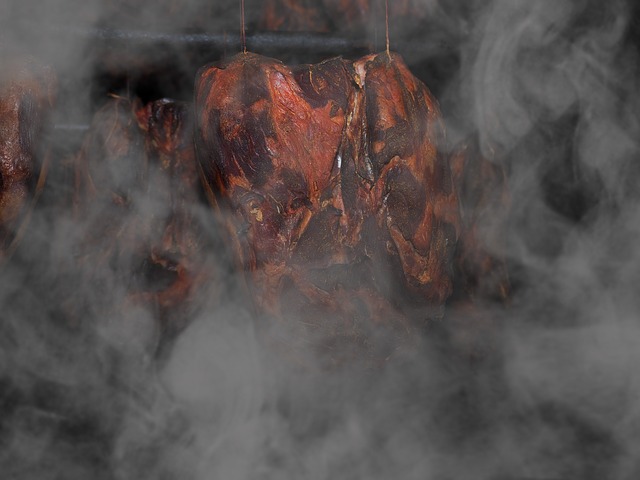
Smoking is often performed after curing meat or fish. This adds another food preservative measure and whole layers of flavour. There are two main types of smoking and they are cold smoking and hot smoking.
- Cold smoking refers to the temperature at which the food is smoked. Cold smoking is used to flavour the food predominantly and is carried out at temperatures below 32 – 38°C / 90 – 100°F. The lower the temperature the better as this prevents bacterial growth whilst the food is smoking. Cold smoking flavours the food but doesn’t cook it and can be done with very simple smoking devices.
- Hot smoking is where the preserved food is cooked at the same time as smoking the food. A heat source near the food that generates smoke like a wood fire simultaneously cooks the food and smokes it over a period of hours.
Jams, Chutneys and Canning
Chutneys are a kind of pickle, they use vinegar and sugar as preservatives as well as cooking which removes excess moisture from the produce. Chutneys usually consist of vegetables, fruit and spices which are cooked for a period before being stored in sterilised jars. Chutneys typically can be store for many months before being consumed as long as they are sealed in airtight jars.
Jams and jellies use sugar as a preservative. Jams are a way of processing fruit with sugar which when stored in an airtight, sanitised jar will keep for many months or years when unopened. Sugar is hygroscopic which means it there is very little water in it, sugar will exert osmotic forces on any organisms it comes into contact with, dehydrating them and inhibiting their growth. Fruits are boiled with sugar to make jams and stored in sanitised jars.
Canning foods such as fruit, vegetables or meat involve heating the food in a jar to pasteurise it and then sealing under vacuum. Acidic food can be canned in a water batch, foods low in acid require canning under pressure.
Why We Like Preserved Food
Here on Preserve and Pickle we like preserved foods that have been processed in a way that introduces new flavours, transforms the ingredients and at the same time prolongs the shelf life of the food.
Almost everyone has a freezer and this is a food preservation tool that is invaluable, we love our freezers too. What is really enjoyable about more traditional preserving methods though is they create a completely unique taste that you can’t get in any other way. Salty, sweet, sour and spicy all combine to elevate the food being preserved.
At the same time, you can fill your cupboards and pantries with produce where you know exactly what has gone into it. Food security is just as important today as it was hundreds of years ago and being able to store your own food without relying on going to the shops so often is an invaluable skill and one not to be taken for granted.
